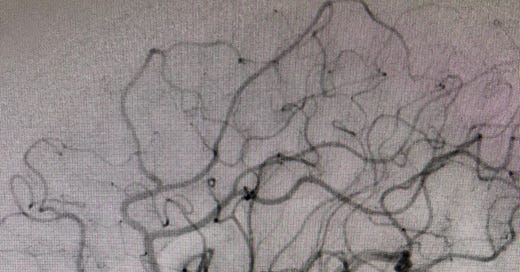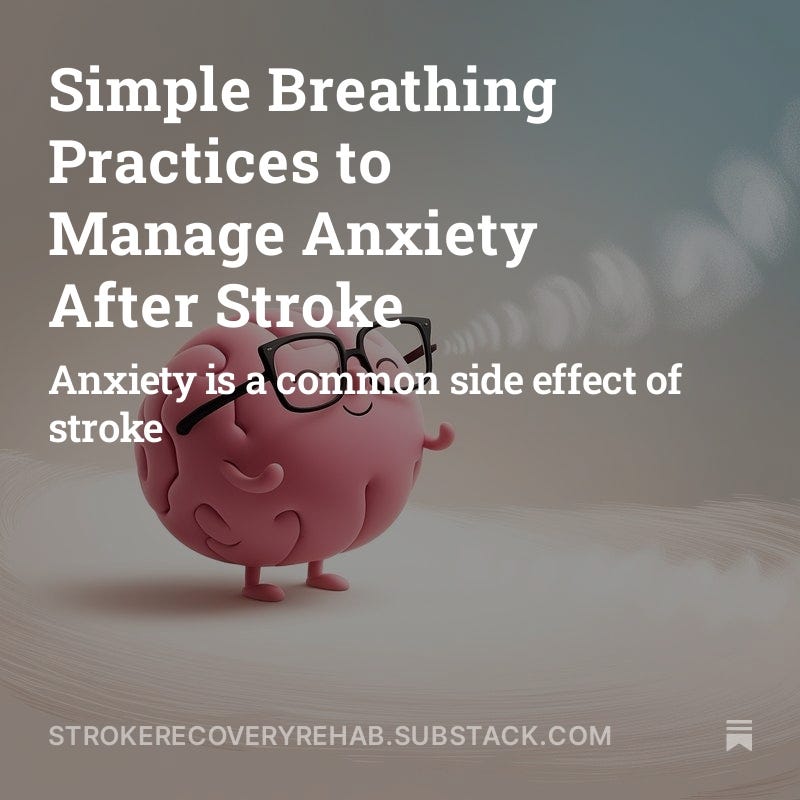Recovery After an AVM Stroke: Insights from Two Stroke Survivors
What is an Arteriovenous Malformation?
An arteriovenous malformation –also known an AVM – is a rare condition, affecting less than roughly 1% of the population.
Most people who have an AVM – a tangle of blood vessels that formed improperly – have no idea and can live their entire lives without ever experiencing issues. However, should the AVM rupture, it can be life-threatening and cause a stroke.
In my latest blog post, I teamed up with my friend and fellow AVM stroke survivor Tracy Myers to share some details on what makes AVMs unique and our experiences in life after a stroke caused by an AVM rupture.
For example, while AVMs are a rare condition and only cause about 2% of all hemorrhagic strokes each year, they are the most common form of stroke that strikes people during their prime years of life (ages 25 to 45).
We also share some additional resources on AVMs, including this informational video that feels straight out of your middle school science class.
What I’m Reading
Perhaps the one book most recommended to stroke survivors is ‘My Stroke of Insight’ by Jill Bolte Taylor.
Taylor – a brain scientist who suffered a hemorrhagic stroke caused by a ruptured AVM – walks readers through her experience while explaining some neuroscience lingo in layman’s terms.
In the book, Taylor shares the importance of effort in neuroplasticity as it relates to stroke recovery.
“The try is everything. The try is me saying to my brain, Hey I value this connection and I want it to happen. I may have to try, try, and try again with no results for a thousand times before I get even an inkling of a result, but if I don’t try, it may never happen,” she writes.
Living Life After Stroke
In the past, I’ve written about the dangers of setting deadlines in stroke recovery, how slacklining helped me after stroke, some simple breathing exercises to manage anxiety and more.
Visit the archives for all my posts on adjusting to life after stroke.
Connect With Me
If you’d like to contact me or suggest a stroke-related topic I should write about, you can comment on any blog post or send me a message on Instagram (@bames3) or Twitter (@Blair_Ames).






